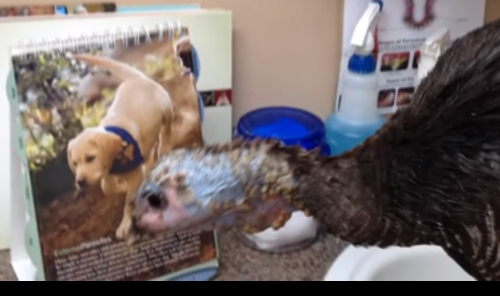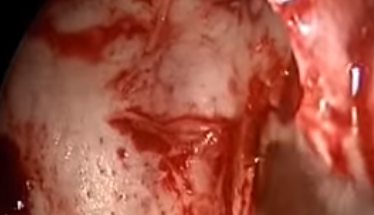Description:
Diagnosed with asthma in her 30s, Julia White teaches yoga to people with asthma to help them control their symptoms.
“I was diagnosed with asthma in my thirties in early 2003. I’d been feeling unwell and struggling to breathe for a while, and could no longer do simple things like meet friends for lunch without getting symptoms. But when my GP said it was asthma my heart sank. I lost my younger sister,Claire to an asthma attack in 1994 so I was terrified about what it meant for me.
“After a bad asthma attack left me with a cracked rib in the summer of 2003, I decided to completely re-evaluate my life and get my asthma under control. I quit my fast-paced job as a wedding and events planner and started a yoga training course. I’ve always been active and tried yoga in the past, so this was an opportunity to learn more about the exercise and how I could use it to improve my asthma.”
Discovering the benefits
“It took several months after my diagnosis to get my asthma under control and feel myself again. I started using a preventer inhaler and monitored my peak flowregularly to keep on top of my symptoms, but practising yoga was a huge help.
“At first I would start panicking if I felt my chest tightening and my breathing becoming more difficult, but yoga brought a stillness and calm into my life – helping me to get control of my breathing and manage my asthma better.
“It’s now been 10 years since my last asthma attack. My breathing is better and I feel so much healthier. While I sometimes get symptoms when the pollen count is high or when it’s cold, I’m now at a point where I can confidently manage my asthma and stay calm if I notice my breathing is becoming difficult. And I always keep my reliever inhaler with me in case of emergencies.
“I aim to practise yoga every day as I know just five minutes of yogic breathing and three or four postures will make me feel more energised and relaxed. All I need to do is find a quiet space, roll out my yoga mat and let the movements and deep breathing techniques work my mind and body.”
Medical and Patient education videos
-
Title
Description
-
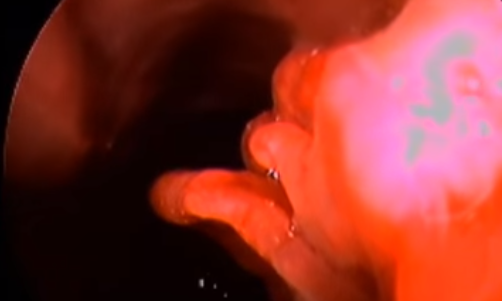
Nasal aspergillosis in 8 years old dog with sneezing, reverse sneezing and epistaxis. After rhinoscopy the nasal cavity was flooded with 10% enilconazole solution during 60 min. We had to change the type of scope to clean the fungal plaque over the caudal recess of the right frontal sinus.
-
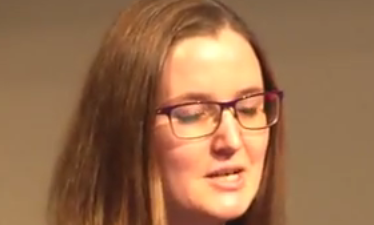
Published on 31 Jan 2015 Dr Gemma Johnson, Public Health England
-

Published on 10 Jul 2014.
Patient information video outlining the role of antibody testing in the management of Aspergillosis
-
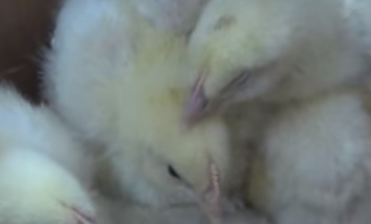
Published on 2 Nov 2013.
Gasping is a typical sign of aspergillosis in chicks.
-
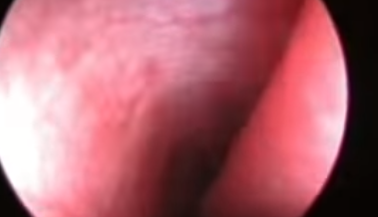
Published on 4 Apr 2013.
Placa micótica sobre cornete etmoidal con destrucción de turbinado. Perra mestiza de 9 años de edad con descarga nasal unilateral muco-sanguinolenta.
[Mycotic plate on ethmoid turbinate with tissue destruction. Bitch, 9 years old, nasal unilateral discharge.]
-

Published on 27 May 2013.
Paper presented at the Annual Meeting of the Lebanese Pulmonary Society – Mövenpick Hotel – April 24th to 27th, 2013 – Beirut – Lebanon Conférence présentée lors du Congrès annuel de la Société Libanaise de Pneumologie – Hôtel Mövenpick – 24 au 27 avril 2013 – Beyrouth – Liban
-
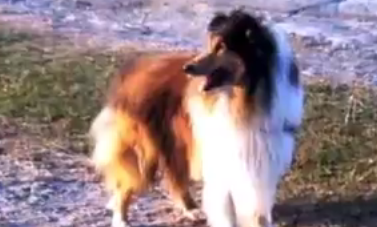
Moffe is a dog that got well from Nasal Aspergillosis. He is a collie, born with a brain damage, as has been documented with cerebral CT scan, he is blind at one eye and deaf at one ear, he is scared of strange places and slippery floors, and is skinny with poor appetite. When he was 7 years old, he was diagnosed with gingivitis and nasal Aspergillosis. According to scientific papers, Aspergillosis is hard to treat, and the veterinaries strongly recommended euthanasia. However, a dentist veterinarian proposed to try to retract some teeth. After this, he recovered. He did not receive any treatment for the Aspergillosis besides retraction of teeth. Now, more than two years ago, he has not had any more problems with his nose or his teeth. I hope this information could be of interest to other owners of dogs with Aspergillosis.
-

Fighting the agile aspergillosis by David Denning

